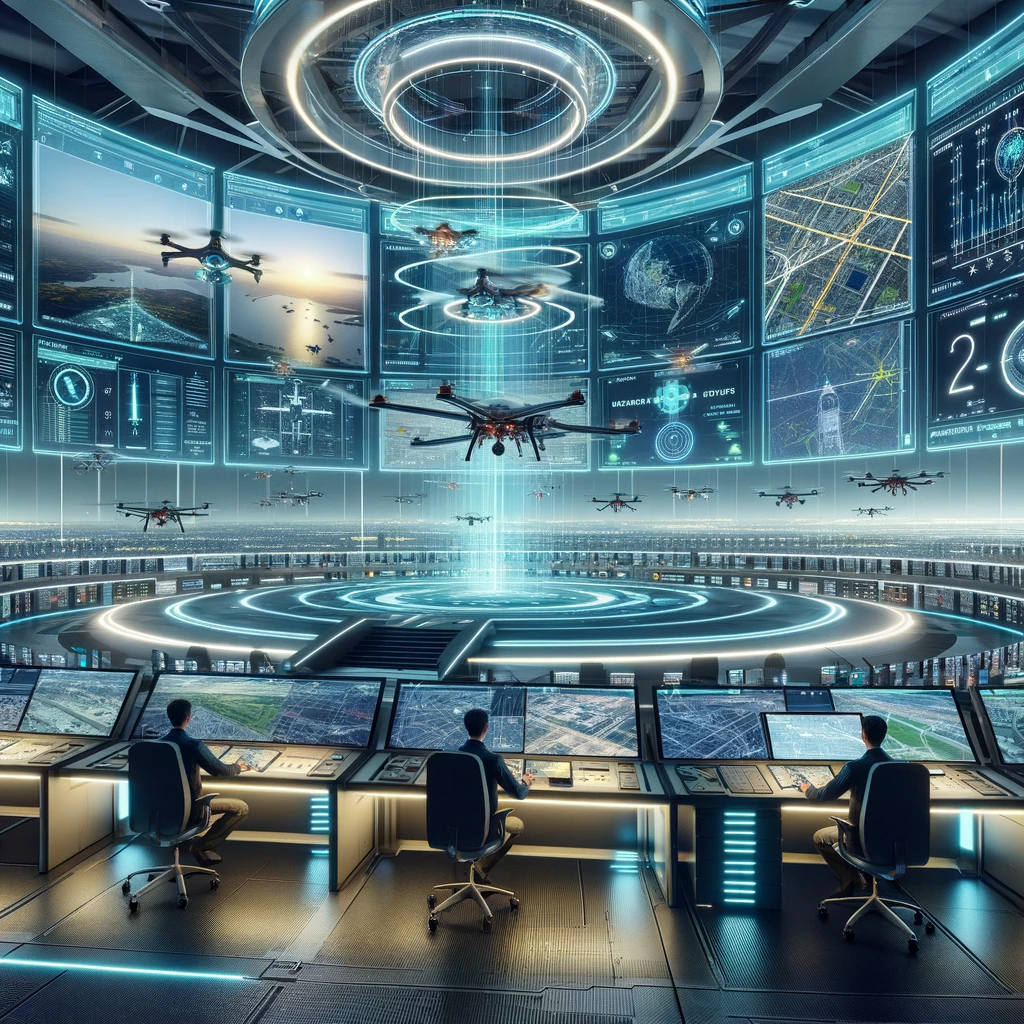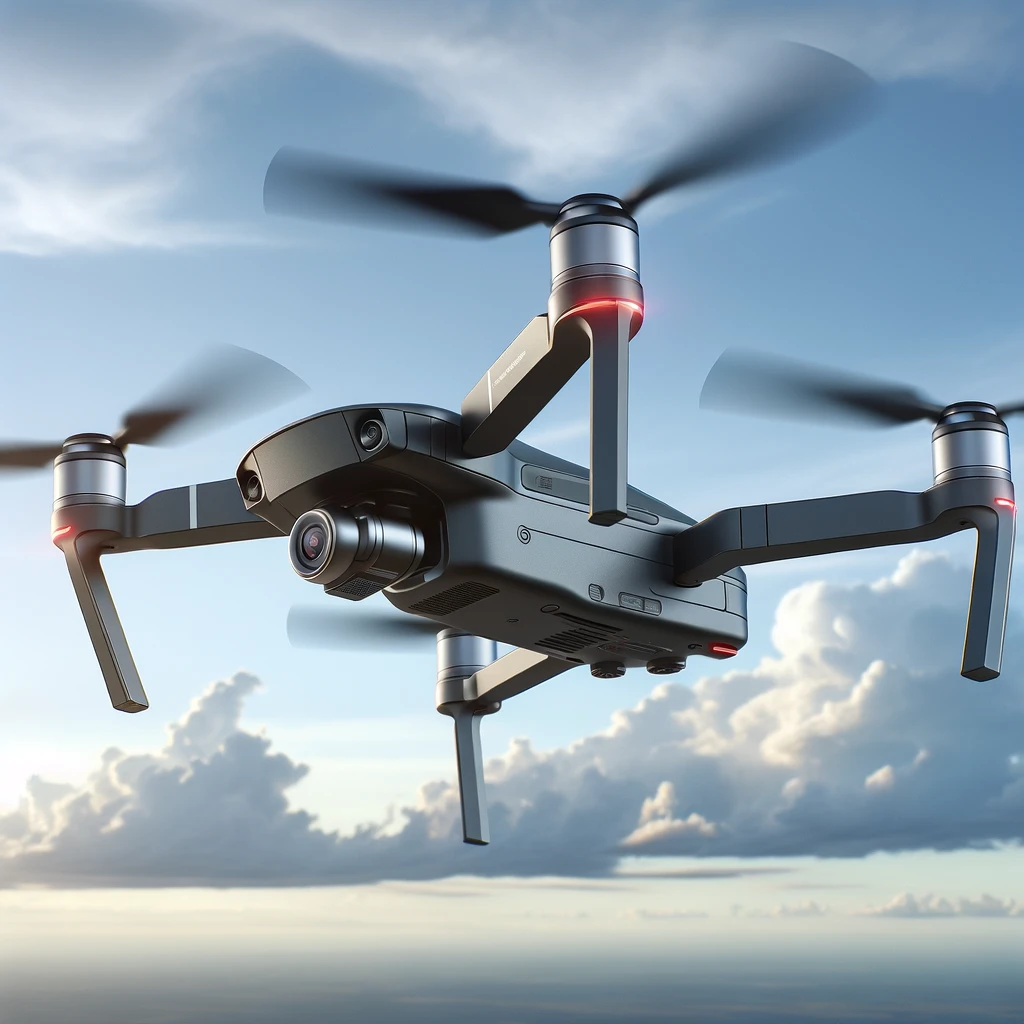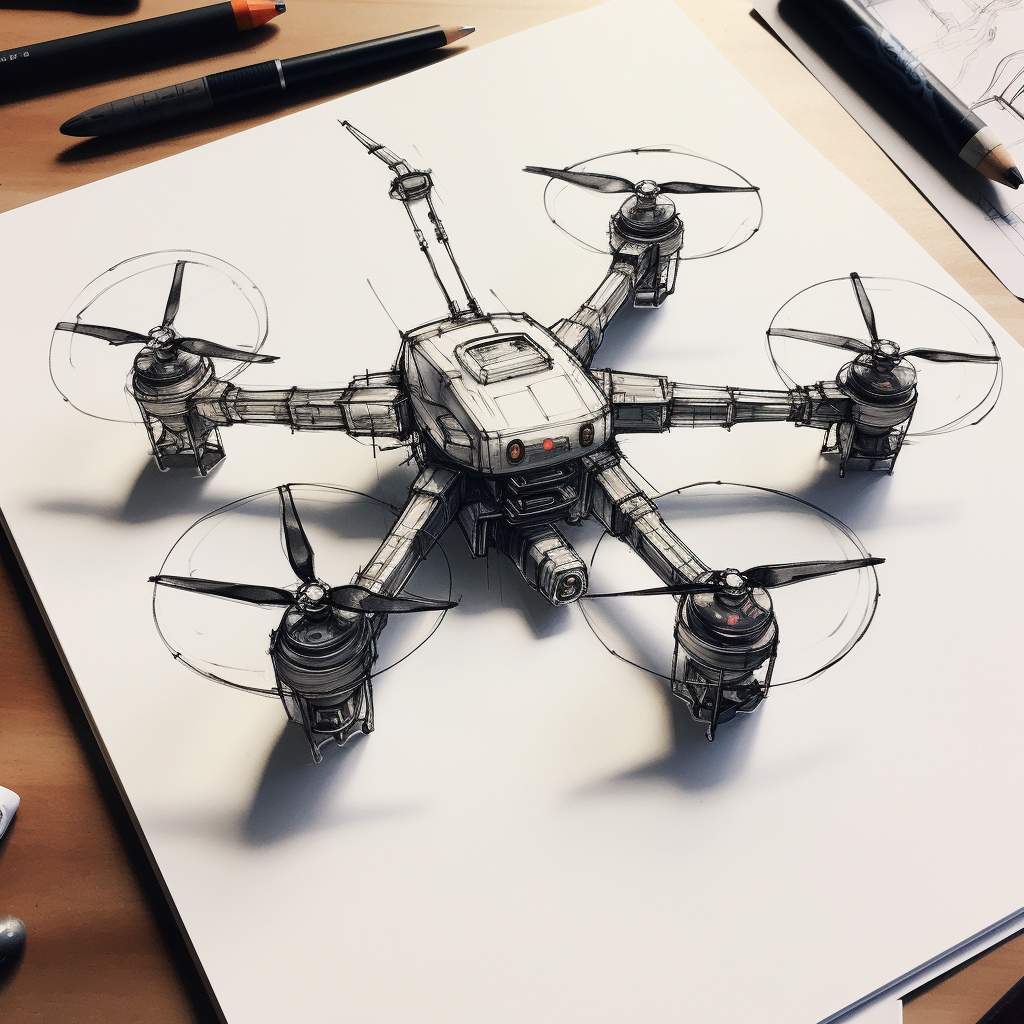The integration of unmanned aerial systems (UAS) into the global airspace has presented a unique set of challenges and opportunities for the aviation industry. The concept of U-space, primarily developed within the European Union, represents a comprehensive response to these challenges, aiming to ensure safe and efficient traffic management of drones. This article explores the history of U-space, its current state, and the transformative potential of blockchain technology in shaping its future.
The Genesis and Evolution of U-space
The inception of U-space can be traced back to the mid-2010s when the proliferation of drone technology necessitated a systematic approach to airspace management. Recognizing the potential of UAS in various sectors, the European Aviation Safety Agency (EASA), along with other stakeholders, acknowledged the imperative need for a structured framework.
In 2017, the U-space Blueprint was unveiled by the European Commission, SESAR Joint Undertaking (SJU), and EASA. This seminal document laid the foundation for a set of services and procedures tailored to drone traffic management, drawing parallels with conventional air traffic management systems for manned aircraft. The blueprint was a forward-thinking response to the burgeoning drone activities, especially in densely populated urban areas.
Subsequent years witnessed a series of regulatory strides aimed at formalizing and operationalizing the U-space framework. These efforts were characterized by the development of regulatory proposals, the establishment of standards, and the introduction of guidelines to govern a wide array of drone operations.
The practical application of U-space principles was further catalyzed through a variety of trials and projects across Europe. These initiatives were instrumental in validating the feasibility of U-space services, such as electronic identification, geofencing, and dynamic airspace management. They also provided valuable insights into the integration challenges of UAS with the existing airspace ecosystem.
The Present and Future of U-space: Blockchain as a Catalyst
As U-space continues to mature, the focus has increasingly shifted towards leveraging cutting-edge technologies to enhance its capabilities. Blockchain technology, in particular, has emerged as a promising solution to several challenges inherent in U-space, notably those related to security, transparency, and decentralized coordination.
Blockchain can revolutionize U-space in the following ways:
Immutable Record Keeping:
Blockchain’s inherent characteristic of ensuring data immutability can be pivotal in maintaining accurate, tamper-proof records of drone operations, flight logs, and maintenance history.
Decentralized Traffic Management:
By employing smart contracts, blockchain can facilitate real-time, automated traffic management decisions, reducing the reliance on centralized control mechanisms and minimizing potential bottlenecks.
Enhanced Security and Privacy:
The cryptographic nature of blockchain ensures secure communication channels between drones and U-space service providers, protecting sensitive data from unauthorized access and cyber threats.
Interoperability and Standardization:
Blockchain can serve as a unifying layer, enabling seamless interaction between diverse U-space service providers, regulatory bodies, and drone operators, fostering a collaborative ecosystem.
Conclusion:
The journey of U-space from a conceptual framework to a cornerstone of modern airspace management is a testament to the collective vision and concerted efforts of the aviation community. As we stand at the precipice of a new era marked by technological advancements, blockchain technology holds the promise of addressing the intricate challenges of U-space. By harnessing the potential of blockchain, U-space is poised to redefine the paradigms of unmanned aerial system traffic management, paving the way for a future where drones can safely and efficiently coexist with manned aircraft, unlocking unprecedented opportunities across various sectors.




